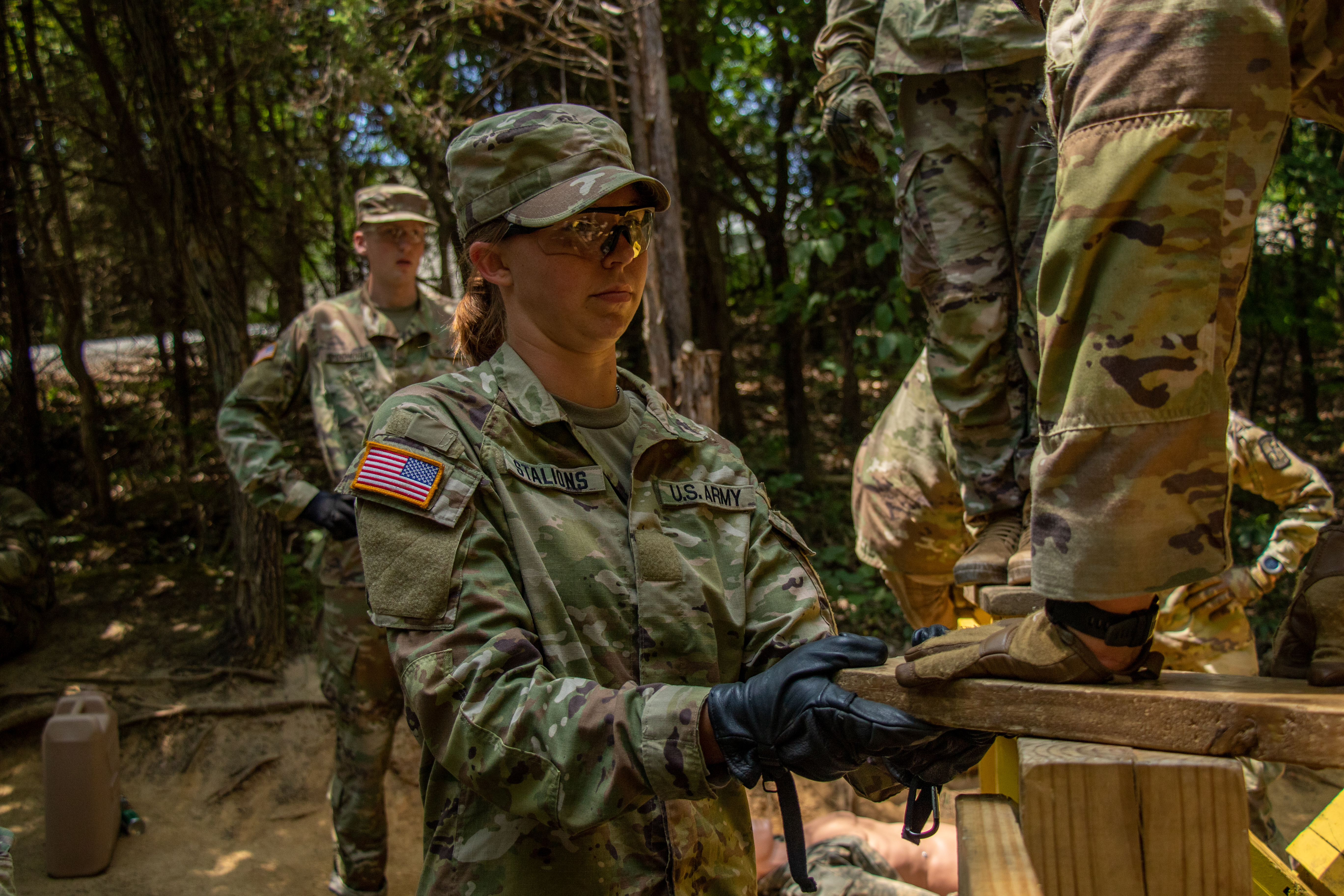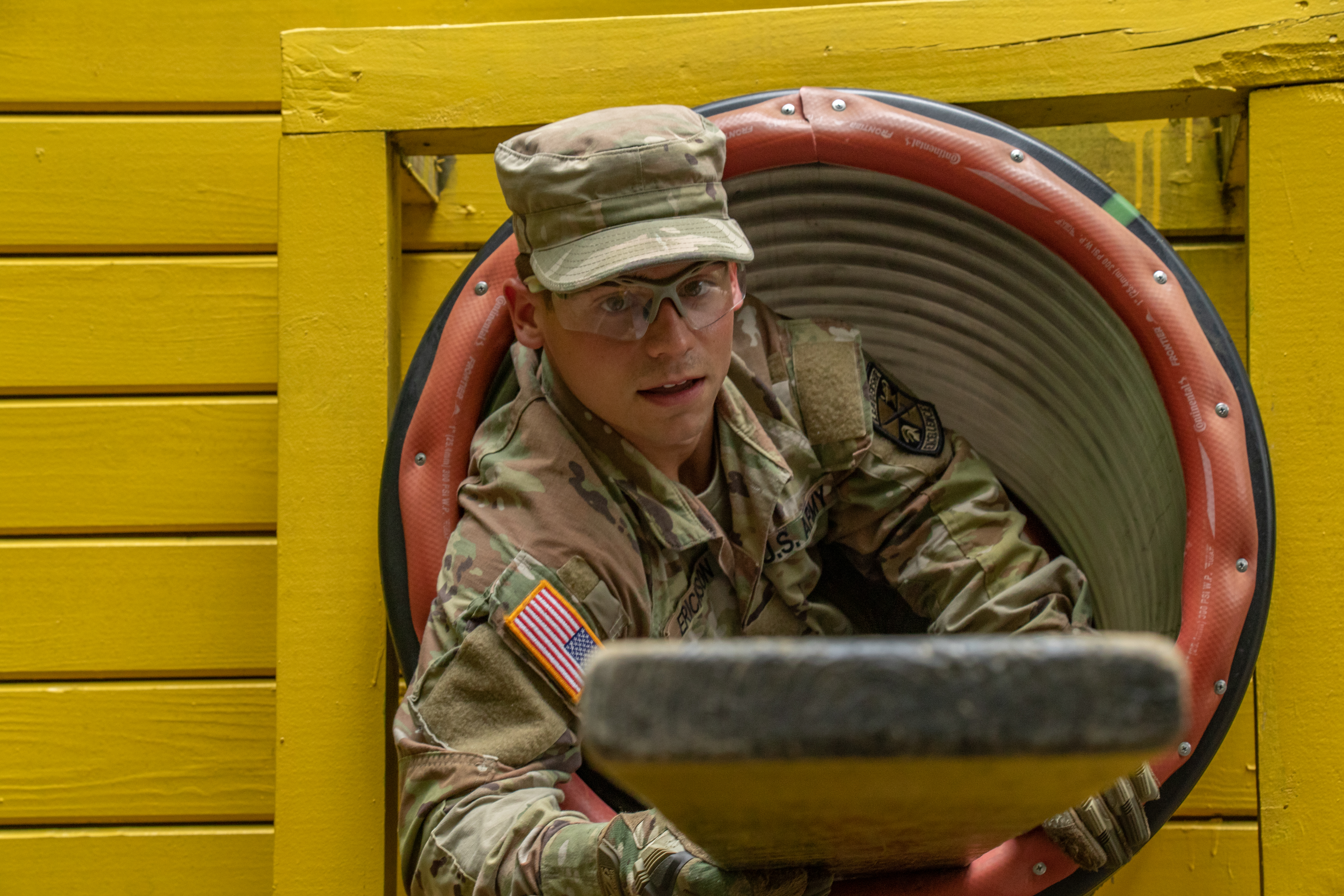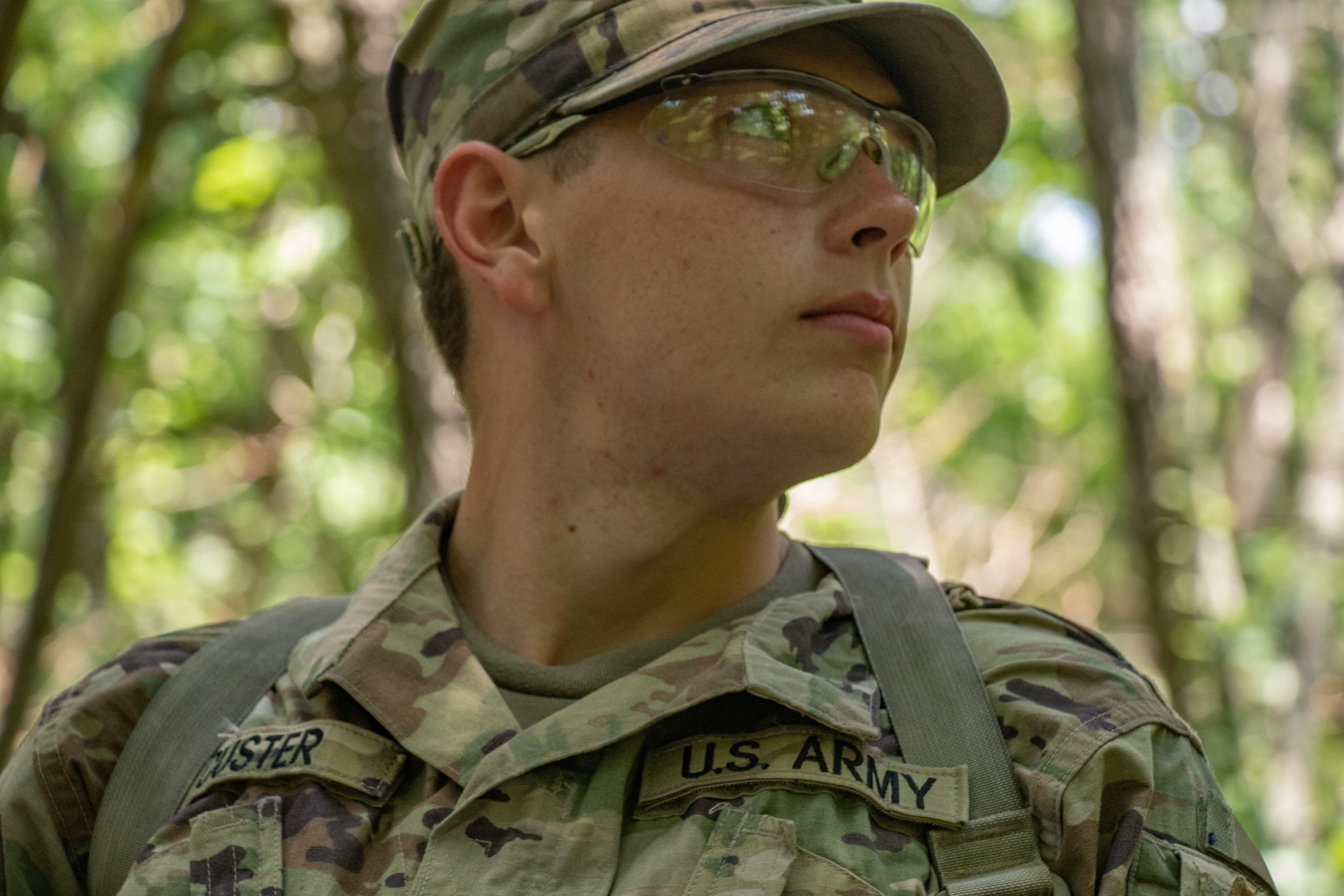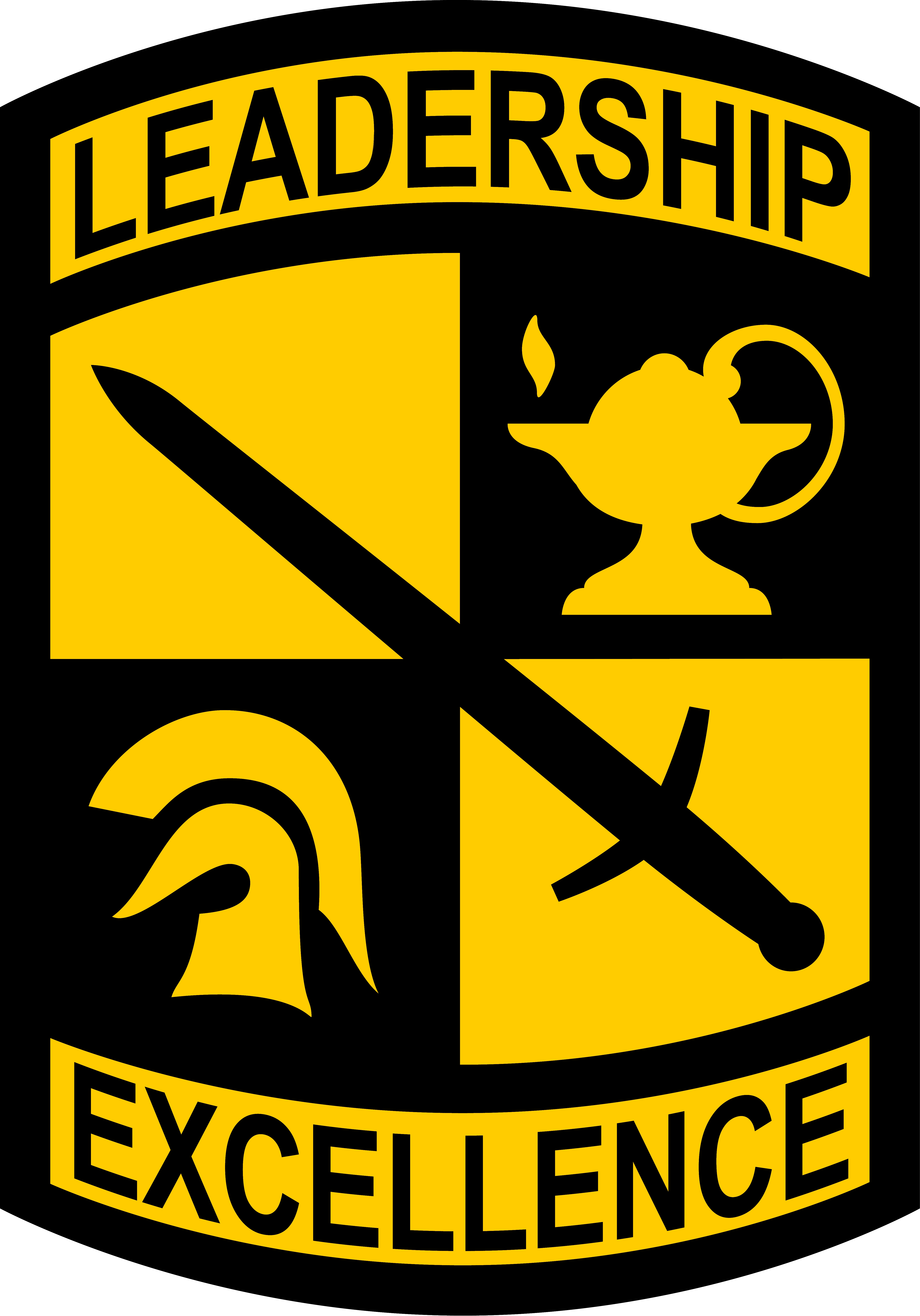Cadet Lalia Stallions, from University of Tennessee, Knoxville, said she decided to join the Reserve Officer Training Corps in high school.
“When I was a junior in high school I just had a moment where I knew I wanted to join the service in some capacity, but I still wanted to get an education,” Stallions said.
Stallions said she heard about ROTC and the military academies and ultimately decided ROTC was the right choice for her.

“You get to be a regular college kid and get to have those life experiences, but you also get to serve your country and go in as an officer,” Stallions said. “It’s the best of both worlds, you can develop as a person and as a leader.”
Stallions said Cadet summer training has not been what she expected.
“It’s definitely different than what I would say I imagined, but it’s been a blast,” Stallions said. “I was really surprised by how quickly both my squad and platoon really connected and really bonded.”
Stallions said although they have gotten close, teamwork can still be a challenge. She said having 40 people come together from roughly 39 different schools and form a cohesive plan for their platoon was a challenge.
Master Sgt. Mark Taylor, from Marshall University, said Cadet Stallions stood out to him because of her high confidence and motivation. Taylor said Stallions is currently in the running for a RECONDO badge since she has passed all the necessary events on the first try so far.
Taylor also highlighted Stallions’ display of leadership traits during CST.
“She actually took the time to help develop others inside the platoon when they came to land nav. [land navigation] and so, she is directly responsible for some of the Cadets passing, so she’s not just thinking about herself,” Taylor said.“She’s also demonstrating some of those servant-leader qualities.”
Stallions said her school helped prepare her for the training at CST.
“My school that I come from, we have a fantastic program,” Stallions said. “I would say the culture there definitely is probably the number one factor for our success when we come here.”
Stallions also said that her platoon’s teamwork has helped her to thrive. She said that she believes their support has been the biggest factor in her success so far.

One CST event that requires a lot of teamwork is the field leader reaction course, which Stallions’ squad completed on July 3, 2022. The course requires squads to work together to complete a simulated mission.
Stallions emphasized the importance of the timing of the FLRC training and the purpose of the training itself.
“They do this on purpose, the timing, is before we go out in the field, before we do squad STX, before we do platoon tactics,” Stallions said. “It’s to help everybody get along better, to learn each other better, to learn our strengths and weaknesses, how other people think.”
Stallions also talked about leading the squad for one of the events on the FLRC.
“It went well,” Stallions said. “You know, leading your peers is something that either comes naturally to people or it’s something that they really struggle with. I think I do well in leading others my age in a way of, I can develop that personal relationship with them, but I also can accomplish the goal that we’re trying to achieve and involve everybody and get to know everybody at the same time.”
Stallions said her squad struggled with the first simulated mission at the course, but once they got used to the communication, they found a rhythm and worked together better for the rest of the course.

Leadership is an important thing for Cadets to learn as future officers in the Army.
Taylor mentioned that Stallions has the traits he likes to see in a leader.
“She’s demonstrating all the qualities I would want in a platoon leader, so that’s really good,” Taylor said. “By the end of this [CST], she will be at the level of, she can go straight into a platoon and be an effective leader.”

